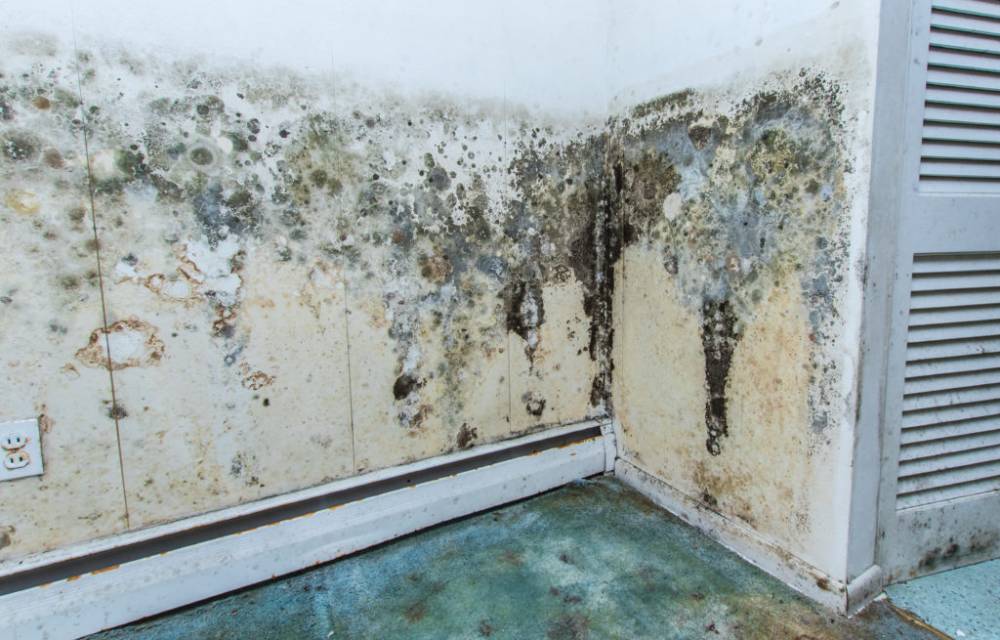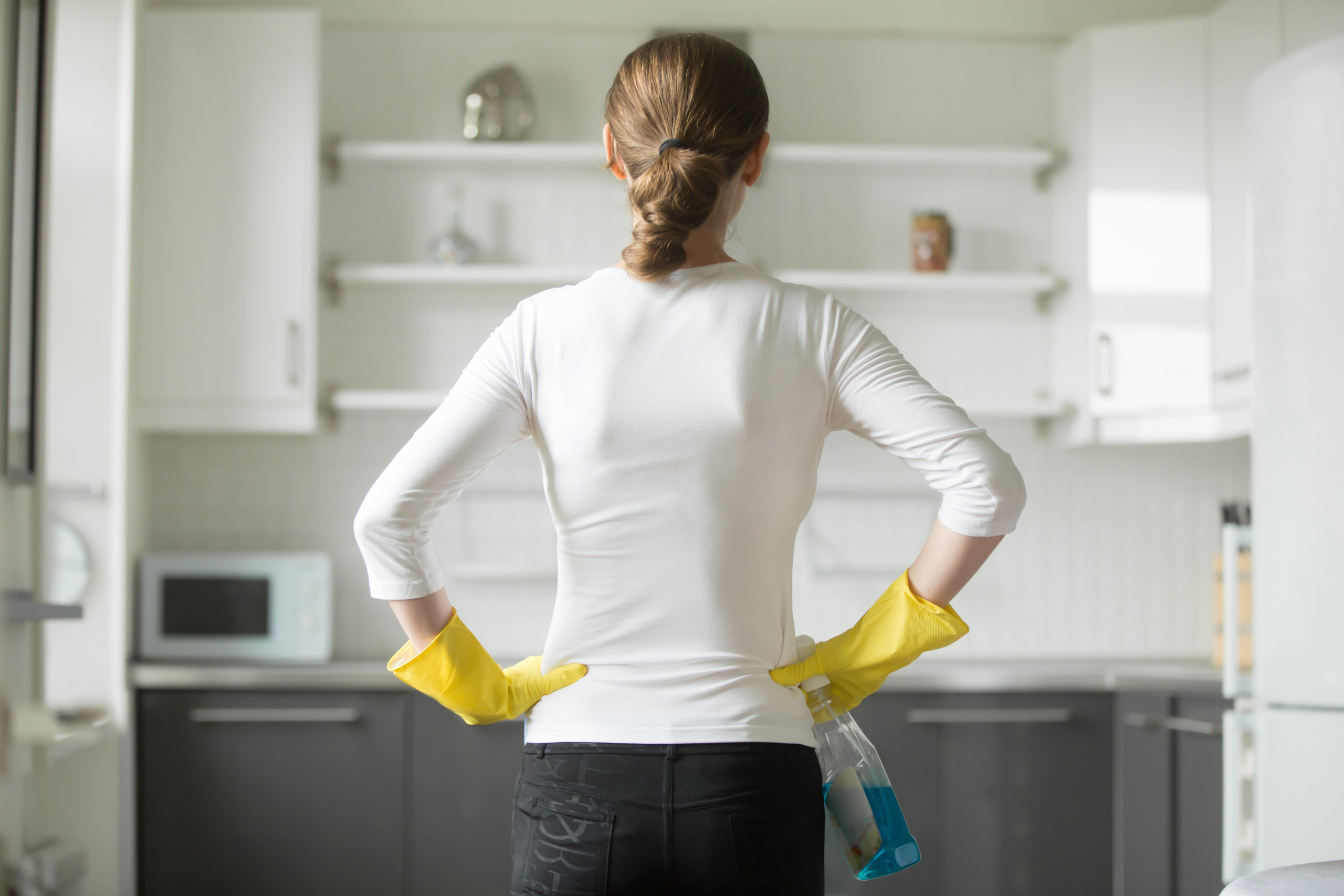Floods can cause significant damage to properties, leaving behind water, debris, and harmful contaminants. Cleaning up after a flood requires prompt and thorough action to ensure safety, restore the property, and prevent future issues like mold growth. Below are essential steps to follow to recover after a flood, keeping your space safe and hygienic.
1️⃣ Prioritize Safety First
Before beginning the cleanup process, it’s crucial to ensure the safety of everyone involved. Floodwater often contains harmful contaminants such as sewage, chemicals, or debris that pose health risks.
- Turn off electricity: Flooding can damage electrical systems, so ensure the power is turned off before entering the property.
- Wear protective gear: Equip yourself with rubber gloves, boots, masks, and waterproof clothing to avoid direct contact with floodwater and contaminants.
- Ventilate the area: Open windows and doors to let fresh air in and help dry out the space.
2️⃣ Assess the Damage
Before diving into cleaning, it’s important to assess the extent of the damage. Take photographs and make notes of damaged areas for insurance purposes.
- Document everything: Insurance companies require detailed documentation of the damage to process claims. Take photos of water damage to walls, floors, furniture, and personal belongings.
- Contact your insurance company: File a claim as soon as possible and provide them with the necessary documentation.
3️⃣ Remove Standing Water
The next crucial step is removing standing water from the property to prevent further damage and limit mold growth.
Methods to Remove Water:
1️⃣ Pumps: For large amounts of water, use submersible pumps to extract it from your space.
2️⃣ Wet vacuums: These are great for removing smaller amounts of water from carpets, rugs, and flooring.
3️⃣ Buckets: In cases where you don’t have specialized equipment, use buckets to manually scoop out water.
Tip: After removing water, use dehumidifiers or fans to dry out the space quickly.
4️⃣ Clean and Disinfect Surfaces
Once the water is removed, you need to thoroughly clean and disinfect all surfaces to eliminate bacteria, mold, and other contaminants.
Cleaning Process:
➤ Scrub and disinfect walls and floors: Use warm soapy water to clean surfaces, followed by a bleach solution to disinfect. This will kill harmful pathogens left behind by floodwater.
➤ Wash or discard soaked items: Clothing, bedding, and curtains soaked in floodwater should either be washed in hot water or discarded, depending on the extent of the contamination.
➤ Disinfect furniture: Wipe down hard furniture with disinfectant, and consider professional cleaning for upholstered items.
5️⃣ Dry Out and Prevent Mold Growth
Mold can begin to grow within 24-48 hours of flooding, so it’s essential to act quickly.

Drying Tips:
• Use fans and dehumidifiers: Position them strategically throughout the space to speed up the drying process.
• Open windows and doors: This allows airflow to reduce humidity levels inside.
• Remove moisture-absorbing materials: Carpeting, padding, and insulation should be discarded if they were saturated with floodwater.
Pro tip: If mold growth is already visible, consult professional mold removal services to ensure safe and effective treatment.
6️⃣ Repair and Restore the Property
Once the space is dry and clean, you can begin repairing any damage caused by the flood. Depending on the extent of the damage, some repairs may require professional assistance.
Key Areas to Inspect and Repair:
- Walls and floors: Check for structural damage, cracks, or warping that may have occurred due to prolonged exposure to water.
- Electrical systems: Have an electrician assess wiring and outlets to ensure they are safe to use.
- Plumbing: Floods can sometimes affect plumbing systems. Ensure all pipes and drains are functioning properly after the cleanup.
7️⃣ Take Preventative Measures
After completing the flood cleanup process, consider taking steps to minimize damage from future floods.
Prevention Tips:
1️⃣ Install sump pumps: These are especially useful in basements to prevent water from accumulating during floods.
2️⃣ Waterproofing: Consider waterproofing your basement and sealing cracks in walls to prevent water from seeping in.
3️⃣ Elevate appliances: If possible, place appliances such as water heaters and furnaces on elevated platforms to protect them from potential future floods.
For those in need of professional assistance, flood cleanup services can ensure thorough cleaning and disinfection. Get a free quote for professional cleaning here.




